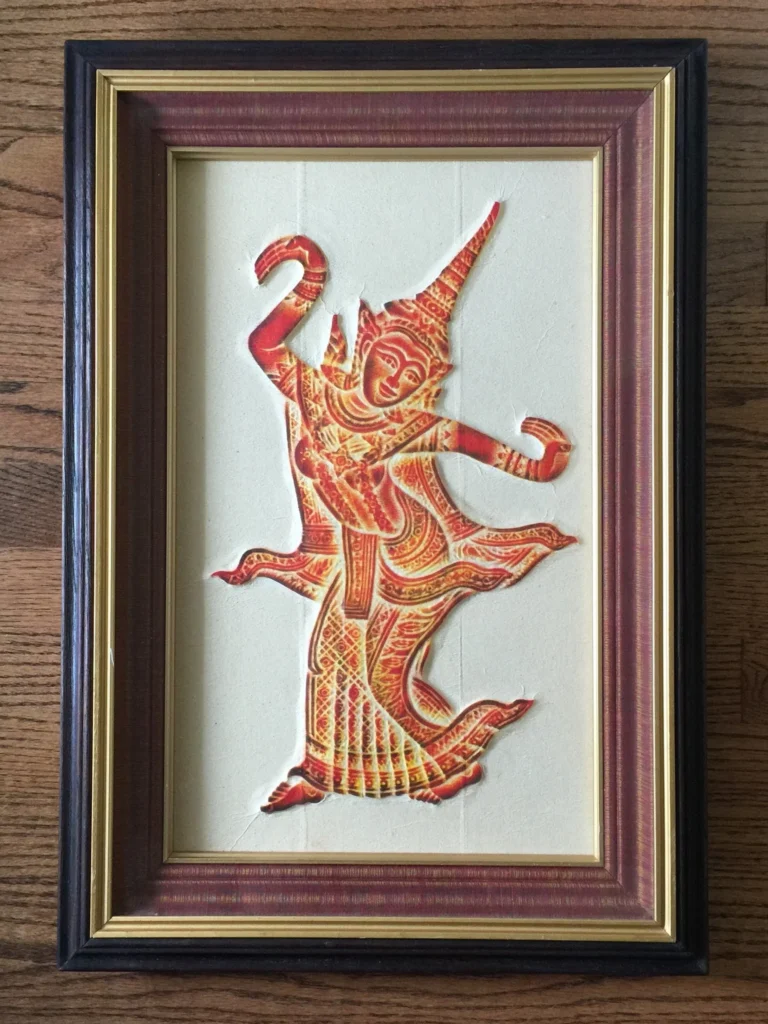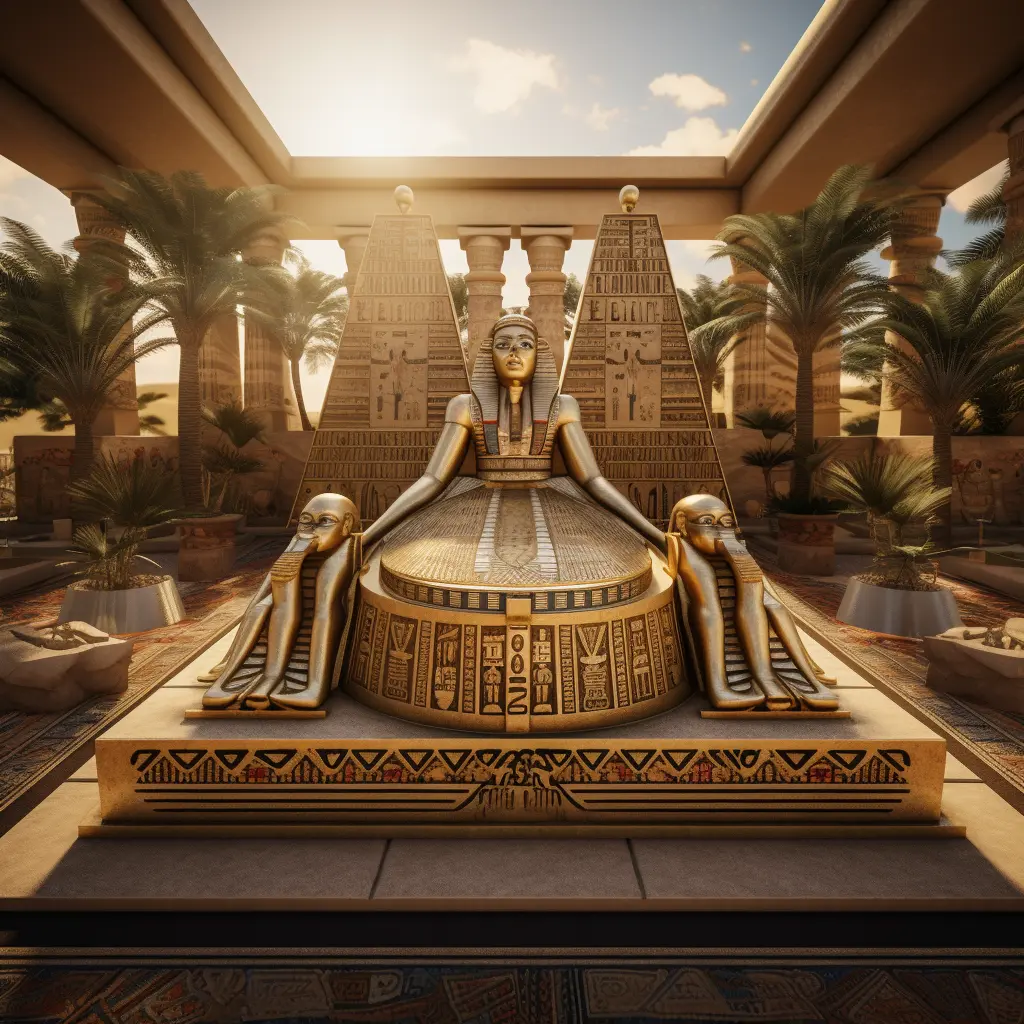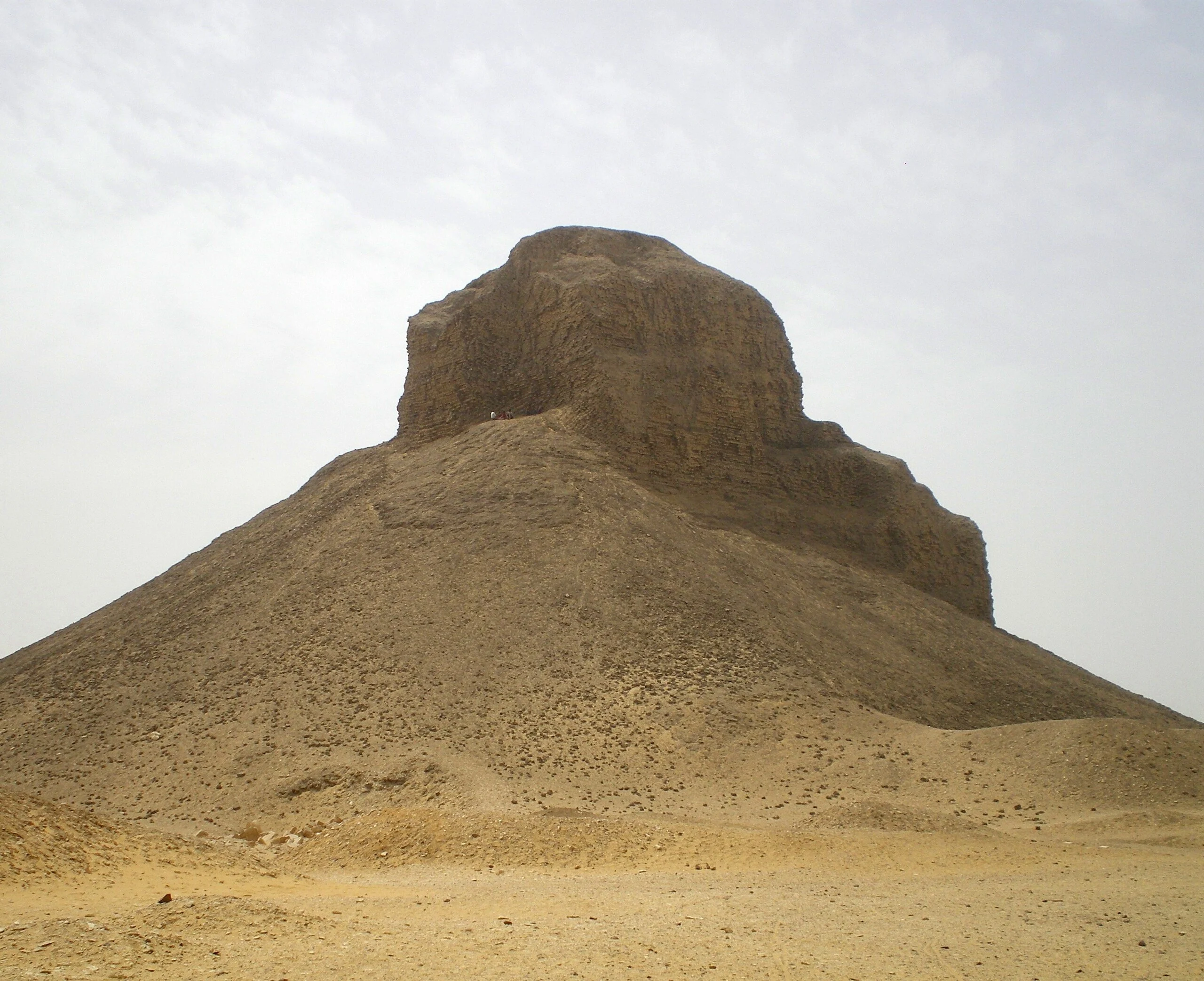
Introduction
Importance of Authenticity in Temple Rubbings
Temple rubbings are a beautiful art form, capturing the baroque details of the carved walls of ancient temples. Having an authentic piece adds value to your collection, paralleling the cultural richness that the temple rubbing represents. Authenticity is significant as it maintains the essence and integrity of this sublime form of artwork. An original temple rubbing doesn’t just manifest exquisite artistry, it also resonates with the history, spirituality, and cultural significance of the temple from where it originated.
A genuine piece carries the spirit of the techniques handed down through generations and the stories concealed within the temple walls. While fakes can imitate the outward appearance, they can never replicate the depth and cultural significance that a true, original temple rubbing bestows. Consequently, ensuring authenticity not only enhances your collection’s worth, but also pays due respect to the craftsmanship and the cultural heritage it represents.
Brief History of Temple Rubbings
Origination of Temple Rubbings
Temple rubbings, as an art form, predominantly take their roots from East Asia, particularly emerging from the cultural fabric of China before extending to countries such as Thailand and Cambodia. These thematic imprints, often depicting historical or religious imagery, were developed by pressing rice paper against temple carvings and coating it with ink or charcoal, hence transferring the exquisite design onto the paper.
Since the time of the Tang Dynasty (618–907 AD), this primitive yet effective technique has demonstrated a cultural endeavour towards the documentation and dissemination of both Buddhism-centric narratives and the masterful ancient stone artistry.
Evolution Over the Centuries
Temple rubbings have witnessed a significant evolution since their inception in the 6th century, both in terms of technique and materials used. Originally, practitioners utilized rice paper and ink, capturing the bas-relief or inscriptions from temples, tombs, or other historic structures.
Over the centuries, with advancements in technology and material sciences, more durable and fine-grained papers along with high-quality inks are now commonly employed. Contemporary rubbings reveal a greater level of intricate detail, however, the basic process of creating rubbings remains true to its historical roots. Verification of authenticity involves examining the medium used, the style of the rubbing, pigment composition and aging signs.
Understanding What is a Temple Rubbing
Definition and Purpose
Temple rubbing is an ancient art form originating in Asia, specifically China, that involves transferring patterns, drawings, or inscriptions from relief surfaces, predominantly temples, onto paper or silk using ink or coal. It serves dual roles as an art and a heritage preservation technique. This process not only produces captivating visuals but also helps restore and document precious architectural details that otherwise might get lost in the sands of time.
Methods of Creating Temple Rubbings
Temple rubbings are typically created by placing a thin sheet of paper over a carved surface and then applying ink or charcoal to capture the image of the carvings. The paper is usually rice paper, and the medium is traditionally ink or charcoal. The technique may vary slightly between cultures, but the general concept remains the same. As a result, identifying genuine temple rubbings involves closely inspecting the quality of the paper and the clarity and detail of the transferred image.
related: What Is A Temple Rubbing?
Characteristics of Authentic Temple Rubbings
Material
Examining the material is a crucial step in determining the authenticity of temple rubbings. True artifacts are typically created on rice paper or silk, using charcoal, soot, or ink. These materials leave behind a unique texture and appearance which is hard to replicate, thus serving as a key indication of genuineness.
Art Style
Examining the art style is a crucial step in determining the authenticity of a temple rubbing. Genuine pieces typically depict intricate, traditional designs, produced with skilled craftsmanship and attention to detail. They’re usually monochromatic or two-toned, with significant use of black and white hues, unlike the more multicolored inauthentic versions.
Influences and Themes
When discerning the authenticity of temple rubbings, examining the influences and themes depicted is crucial. Authentic pieces most likely represent themes of spirituality, mythology, history, or cultural significance consistent with the era and geographic location of the temple they originate from.
Moreover, the artists’ influences from religious doctrines, philosophical beliefs, or local traditions may shape the content. Unusual themes or styles incongruous with the purported historical context may suggest inauthenticity. It’s essential to research the temple’s background to analyze the piece effectively.
Ageing and Patina
One major aspect to look at in identifying genuine temple rubbings is the aging and patina. Authentic pieces often display a natural aging process, revealing a mellow patina formed over significant periods.
This patina, a change in surface texture due to weathering, imparts an antique touch, hinting at the prolonged exposure to varying atmospheric conditions. However, be wary of artificial aging techniques or exaggerated patina, which can be misleading. Droplets of concentrated colors or signs of inflicted damage should evoke suspicion.
Common Methods of Falsification
Modern Reproductions
In the bustling marketplaces of the modern world, counterfeit temple rubbings have become increasingly common. Several techniques are utilized to trick unsuspecting buyers. Often, artificial aging techniques such as chemical washes and intentional damage are employed to imitate natural wear and tear.
Additionally, some forgers may use modern materials like synthetic papers or inks, which exhibit characteristic features discernible under close examination. Printmaking techniques can mimic the pressure and unevenness typical of rubbings, but expert eyes can detect inconsistencies in their application. Knowledge of these methods allows one to assess the authenticity of a piece with higher accuracy.
Misrepresentations
Buddhist temple rubbings, an art form highly sought after by collectors, is unfortunately heavily marred by deception. One of the most common ruses is over-aging, giving the appearance of an old, authentic piece; pigments can be applied or the rubbing subjected to processes to induce unauthentic aging.
Another popular tactic is presenting rubbings of newer, less significant temples or pieces as those from historical, revered temples. Additionally, replicas are increasingly being produced through mechanical methods which lack the subtle imperfections and uniqueness of a genuine, handmade rubbing. Always doubt unfamiliar sellers, outrageous bargain offers, and if a piece looks too perfect to be real.
Techniques to Authenticate Temple Rubbings
Inspection and Analysis of the Artwork
Proper examination and study of the artwork is vitally important in verifying the authenticity of temple rubbings. Begin by evaluating the quality of the paper – authentic pieces are typically created on rice paper, which feels coarse and stiff. Original rubbings may also have an irregular edge, which is a result of the manual extraction process.
Additionally, a genuine art piece would often exhibit signs of age like discoloration and brittleness. Consider scrutinizing the lines and shapes of the image too; authentic rubbings present intricate and detailed impressions. Lastly, examine the ink used. Genuine pieces usually utilize carbon-based ink that possesses a certain sheen.
Scientific Testing
In the domain of verification, scientific approaches play an crucial role. Various scientific tests can aid in the authentication of temple rubbings. Chemical analysis, for instance, can reveal the age of the ink or colorants used, thus providing clues about the time period of creation.
Radiocarbon dating, although more sophisticated and unlikely to be used for temple rubbings, can provide conclusive evidence concerning the age of an artifact. Examination under ultraviolet or infrared light can also indicate alterations or restorations that may not be visible to the naked eye, providing further evidence of its authenticity.
Consulting Experts
Engaging professionals familiar with antiquities is a prudent strategy when verifying the authenticity of temple rubbings. Experts possess the necessary skills to discern genuine pieces, contrasting them with reproductions or fakes. These specialists could be university professors specializing in Asian or ancient art, curators from art museums, or certified antique appraisers.
An invaluable tool at their disposal is their vast knowledge of art history, paper materials, and pictorial traditions. Additionally, they may employ scientific methods like infrared spectroscopy for ink analysis. Therefore, their consultation can offer a valuable perspective on the temple rubbing’s originality, enhancing your confidence in its authenticity.
Case Studies of Authenticating Temple Rubbings
Examples of Real and Fake Temple Rubbings
In our quest to distinguish between real and counterfeit temple rubbings, we examine two cases. One instance involves an original rubbing from the Angkor Wat temple in Cambodia; it demonstrates intricate detail, deep embossing, and use of traditional rice paper, which is a sign of an authentic piece.
Conversely, in another instance, a so-called ‘ancient’ rubbing was revealed to be a forgery. Despite a good visual impression, it was printed on modern paper and lacked the depth and precision of a bona fide artifact. Evaluating such characteristics can guide buyers in identifying legitimate from bogus temple rubbings.
Conclusion
Importance of Authenticating Temple Rubbings
In conclusion, scrutinizing the authenticity of temple rubbings is a process that grants due reverence to sacred artifacts, prevents any unscrupulous trade of counterfeit art, and preserves the cultural lineage of art history. The genuine pieces aid significantly not only in understanding ancient depictions but also help to study the civilization of ecclesiastical structure’s origins.
However, the proliferation of fakes undermines this noble aspiration. Hence, being equipped to authenticate temple rubbings plays an integral role in maintaining the purity of our cultural narratives. The restoration of an authentic piece provides a tactile connection to our shared human past, bridging the gap between eras.



